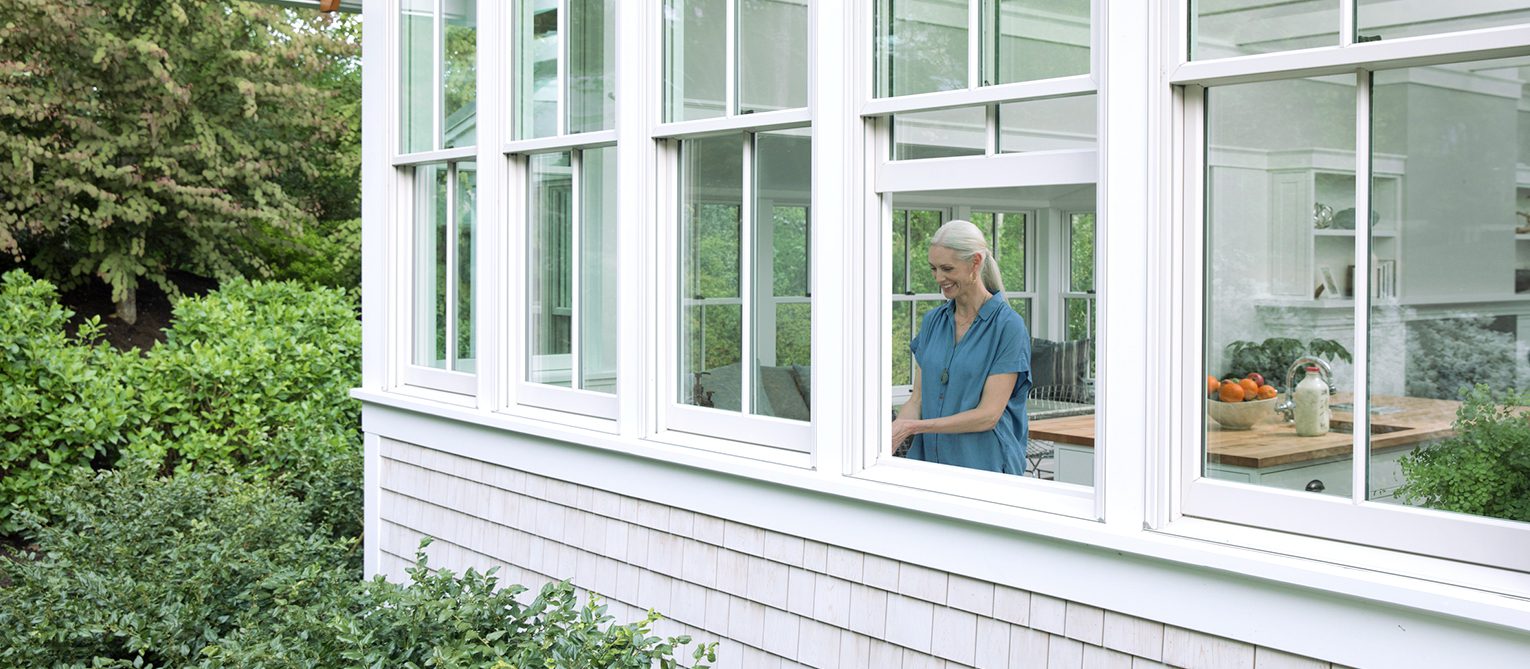Single Hung Replacement Windows
When shopping for replacement windows, you will often come across the terms “single hung” or “double hung”. While there is a slight aesthetic difference between the two window styles, the main difference lies in how they operate.
Single Hung Windows
In a single hung window, the top panel (also known as a sash) remains stationary, while the bottom sash moves vertically. The simplicity of this style of window makes it a popular choice for homeowners. Because the stationary sash is mostly air-tight, single hung windows are less susceptible to air gap problems, which can save a bit of money during cold Denver winters. However, the biggest benefit of a single hung window over a double hung window is the cost. Single hung windows can cost up to 20% less than their double-hung counterpart – a cost difference that can quickly add up when replacing several windows throughout a house. However, that reduced cost does come with a few drawbacks. Because only the bottom sash opens, they don’t offer as much airflow as a double hung, and the sash can’t be tilted to increase ventilation. Additionally, single hung windows can make cleaning a bit difficult. The outside of the window can only be cleaned from the outside of the home, which can make cleaning second or third-floor windows a bit of a challenge. By contrast, double hung windows have the ability to slide the window open from either side. This style of window is typically designed so that each sash can “tilt” open, which can offer better ventilation and airflow while making cleaning a breeze.

